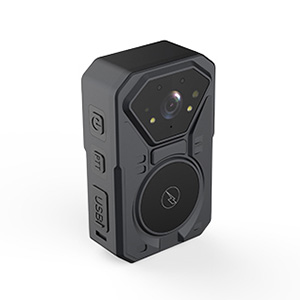Police Bodycams: Enhancing Transparency and Accountability

# Police Bodycams: Enhancing Transparency and Accountability
## The Rise of Body-Worn Cameras in Law Enforcement
In recent years, police bodycams have become an increasingly common tool for law enforcement agencies worldwide. These small, wearable cameras record interactions between officers and the public, providing an objective record of events as they unfold. The adoption of this technology represents a significant step forward in police accountability and transparency.
## How Bodycams Work
Police bodycams are typically attached to an officer’s uniform, usually on the chest or shoulder area. They record both video and audio, capturing interactions from the officer’s perspective. Most models feature:
– High-definition video recording
– Night vision capabilities
– Wide-angle lenses
– Automatic activation in certain situations
– Secure data storage systems
## Benefits of Body-Worn Cameras
The implementation of police bodycams has demonstrated several important advantages:
### 1. Increased Transparency
Bodycam footage provides an unbiased account of police-public interactions, helping to clarify what actually occurred during incidents. This transparency builds trust between law enforcement and the communities they serve.
### 2. Improved Officer Accountability
Knowing they’re being recorded, officers may be more likely to follow proper procedures and protocols. The presence of bodycams has been shown to reduce complaints against police in many jurisdictions.
### 3. Enhanced Evidence Collection
Bodycam footage serves as valuable evidence in criminal investigations and court proceedings. The video can corroborate officer testimony or provide crucial details that might otherwise be missed.
### 4. Better Training Opportunities
Recorded interactions can be used for training purposes, helping departments identify areas where officers excel and where additional training might be needed.
## Challenges and Considerations
While bodycams offer numerous benefits, their implementation isn’t without challenges:
### Privacy Concerns
Recording interactions raises questions about when cameras should be activated and how long footage should be retained. Balancing transparency with individual privacy rights remains an ongoing discussion.
### Data Management
The massive amount of video data generated requires secure storage solutions and clear policies about access and retention periods.
### Cost Factors
Implementing a bodycam program involves significant expenses, including equipment, storage, and personnel to manage the system.
## The Future of Police Bodycams
As technology advances, we can expect to see improvements in bodycam capabilities, including:
– Longer battery life
– Higher resolution video
– Better low-light performance
Keyword: bodycams
– Integration with other law enforcement technologies
– Advanced analytics and facial recognition (with appropriate safeguards)
While not a panacea for all police-community relations issues, body-worn cameras represent an important tool in the ongoing effort to improve policing practices and maintain public trust. As more agencies adopt this technology and refine its use, we can expect continued evolution in how bodycams contribute to transparency and accountability in law enforcement.

